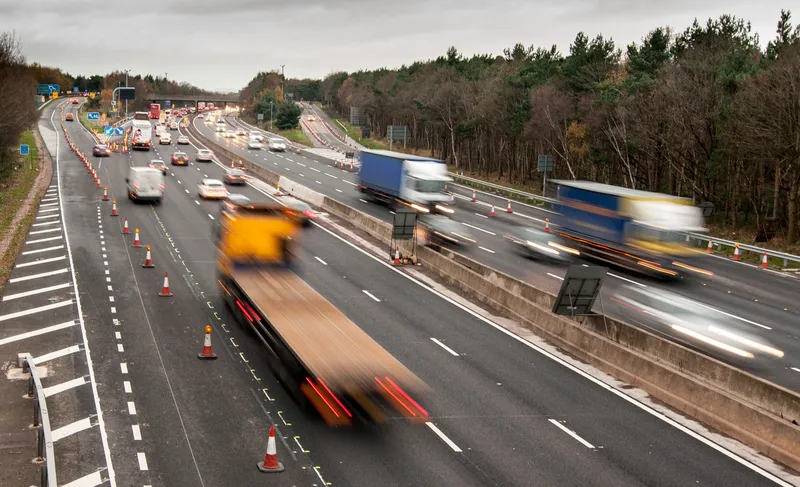Yotta DCL is currently working with the UK’s Rutland County Council using its Horizons visualised asset management software, highway condition and asset inventory surveys, and technical support. The Horizons web-based software provides Rutland with a comprehensive model of the County’s highway network, enabling the highways team to gain full visibility of all survey data and high-resolution video imagery for developing maintenance schemes and work programmes. The service covers the provision of Horizons sof
April 19, 2013
Read time: 2 mins
The Horizons web-based software provides Rutland with a comprehensive model of the County’s highway network, enabling the highways team to gain full visibility of all survey data and high-resolution video imagery for developing maintenance schemes and work programmes.
The service covers the provision of Horizons software and training, traffic speed condition surveying and six-camera asset video capture to provide a digital view of Rutland’s 550 plus kilometre highway network and associated asset inventory. Yotta DCL will also extract asset inventory data for classified, some unclassified roads and footways.
“The package of surveys and new software from Yotta DCL will revolutionise how we manage and maintain our network. We have very little existing digitised network information and when Yotta DCL has completed its surveying work, we’ll have a current and accurate view of our assets.” said Neil Tomlinson, contract and maintenance engineer, Rutland County Council.











